Goodbye Mare Nostrum
Launched in October 2013, operation Mare Nostrum has rescued more than 150,000 migrants from the Mediterranean, of whom around 18,000 were children. A look back in pictures at the Italian military and humanitarian mission, which ended at the end of October 2014.
The aim of Mare Nostrum was simple: search for and rescue migrants in the Mediterranean to prevent them from drowning. Most of the ships involved in the rescues belonged to the Italian navy and coastguard, but occasionally commercial boats would help out if they were nearby. The migrants had often been at sea for many days, crammed into boats in order to limit the costs.
For the duration of the operation, landings in Sicily were practically a daily occurrence. At the beginning of October, more than a thousand migrants landed in the town of Pozzallo. Some were exhausted after the long journey, barefoot and thirsty; others were in a better condition, with a suitcase in one hand and a mobile phone in the other – ready to take a first photo of solid ground.
But Mare Nostrum was not perfect: since January 2014, the UN High Commission for Refugees (UNHCR) has recorded more than 3,300 deaths in the Mediterranean. International humanitarian organisations warn that the situation could get even worse with the end of Mare Nostrum and the launch of its more limited replacement, Triton.
(Images and text: Stefania Summermatter)
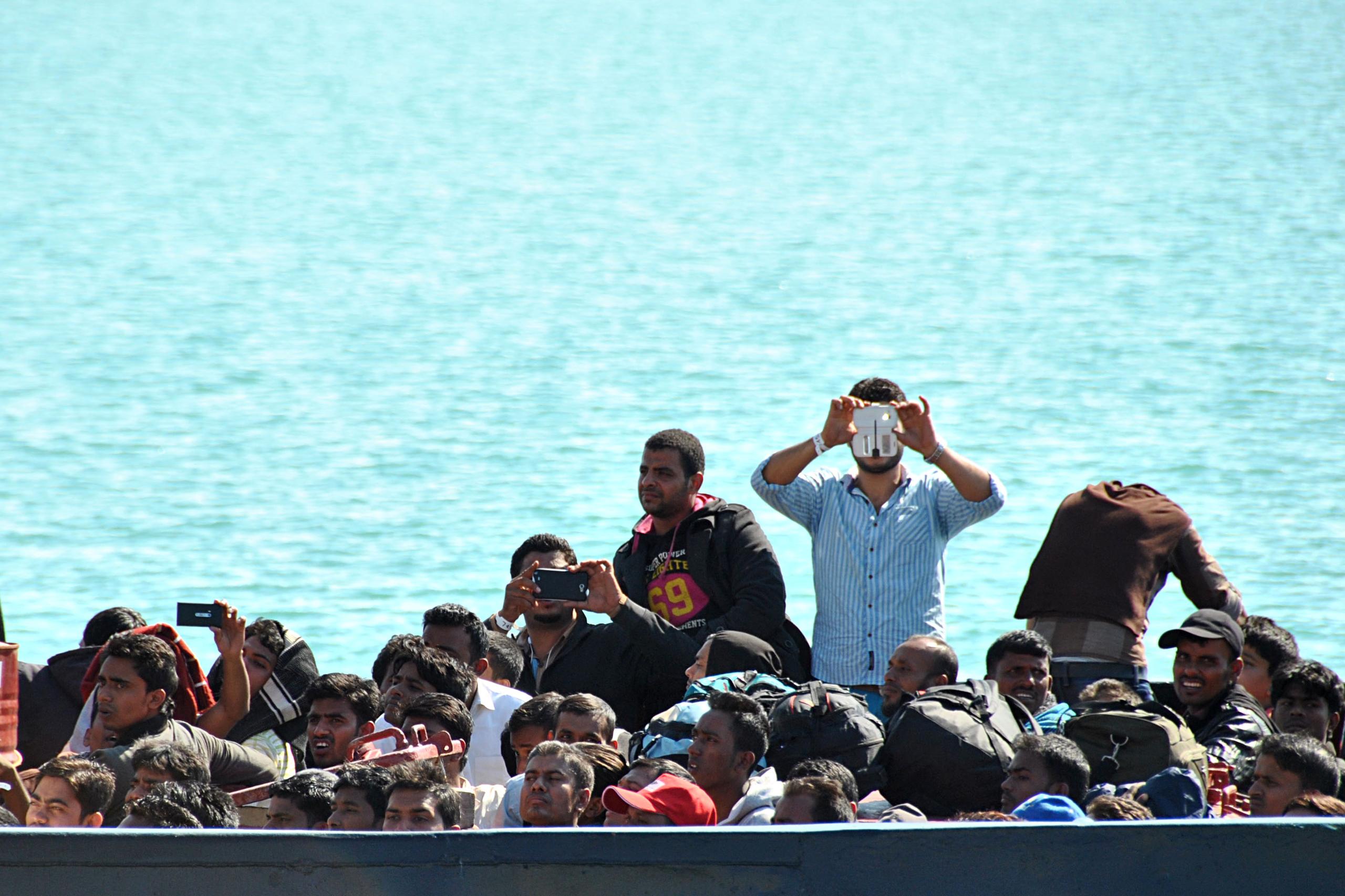
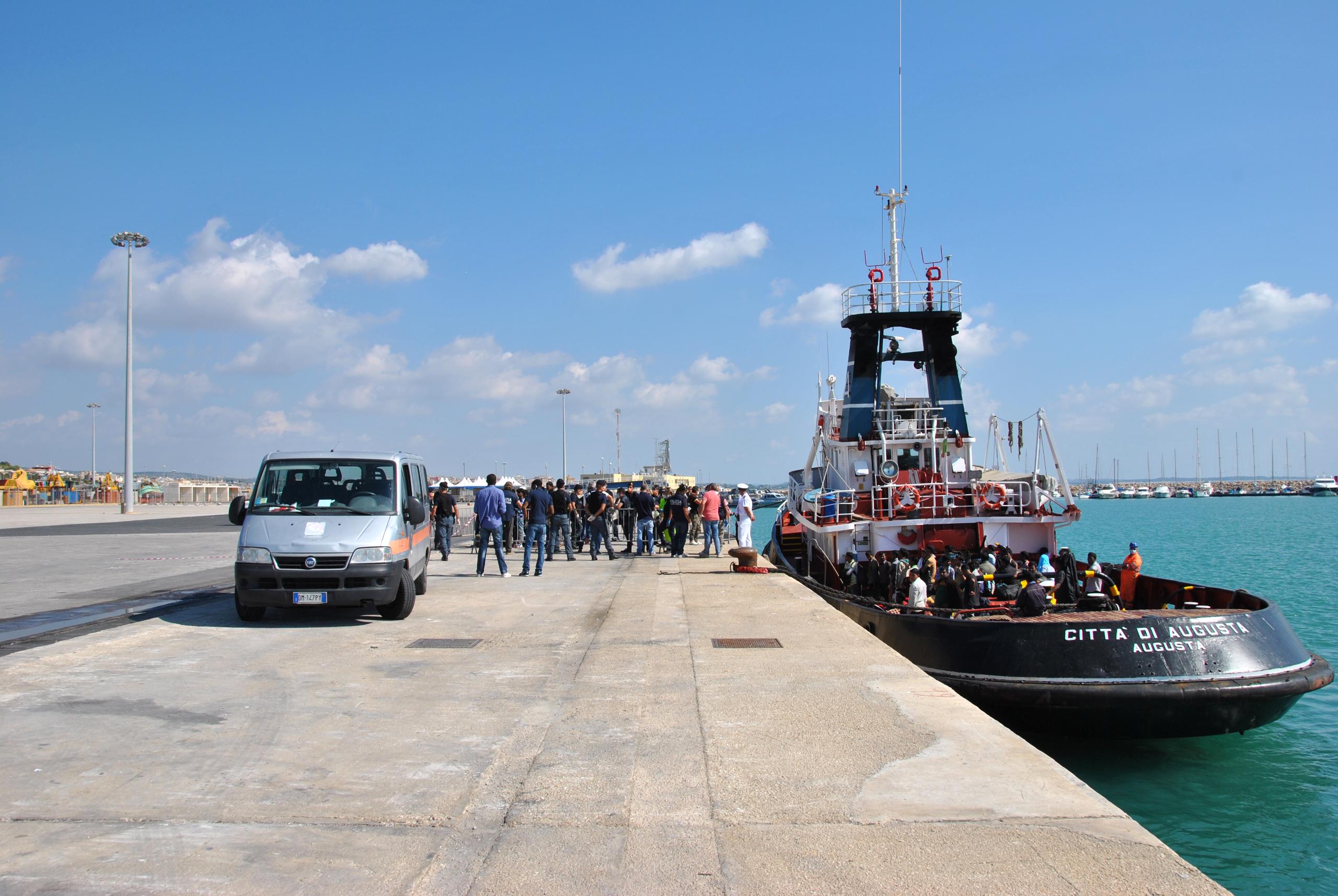
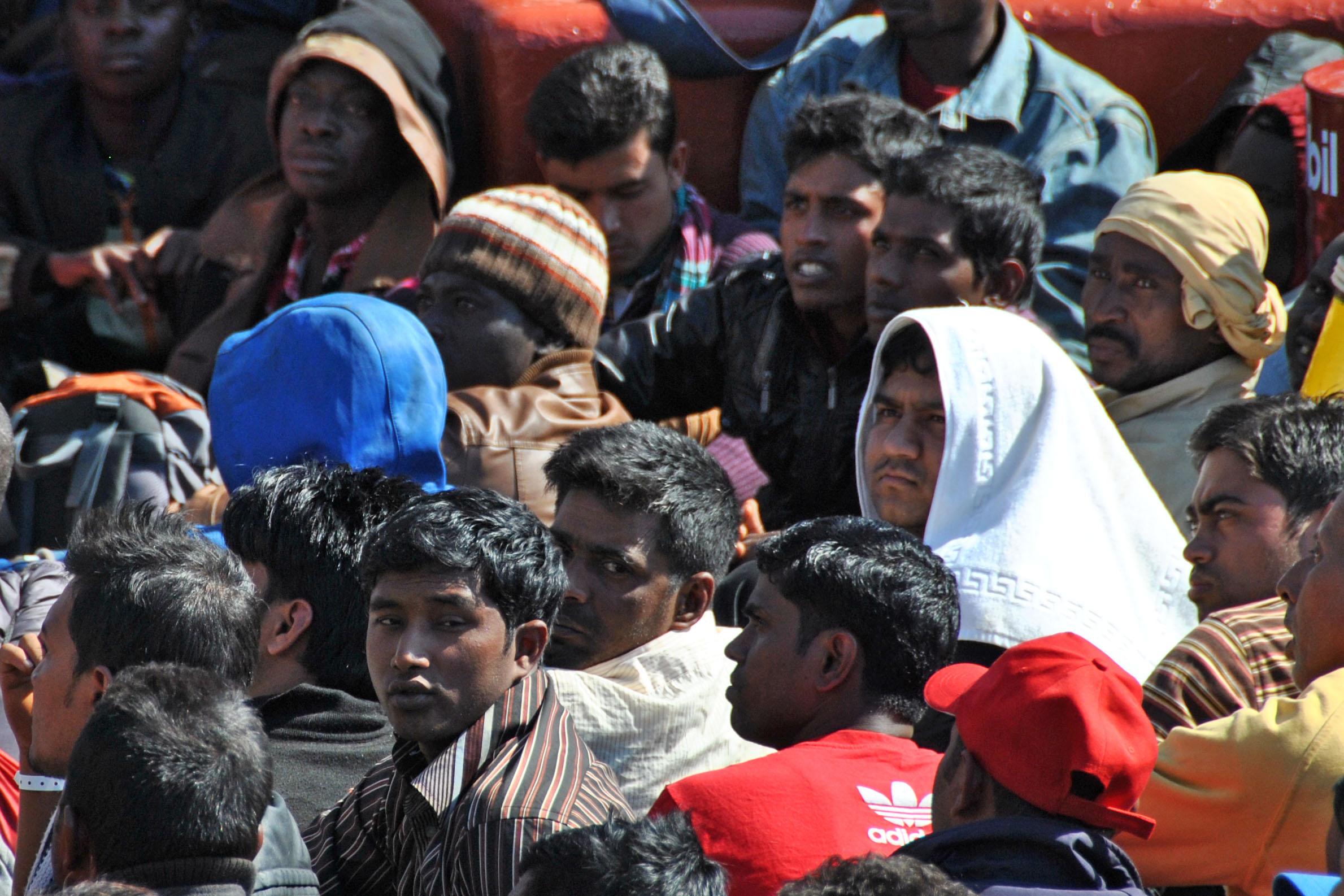
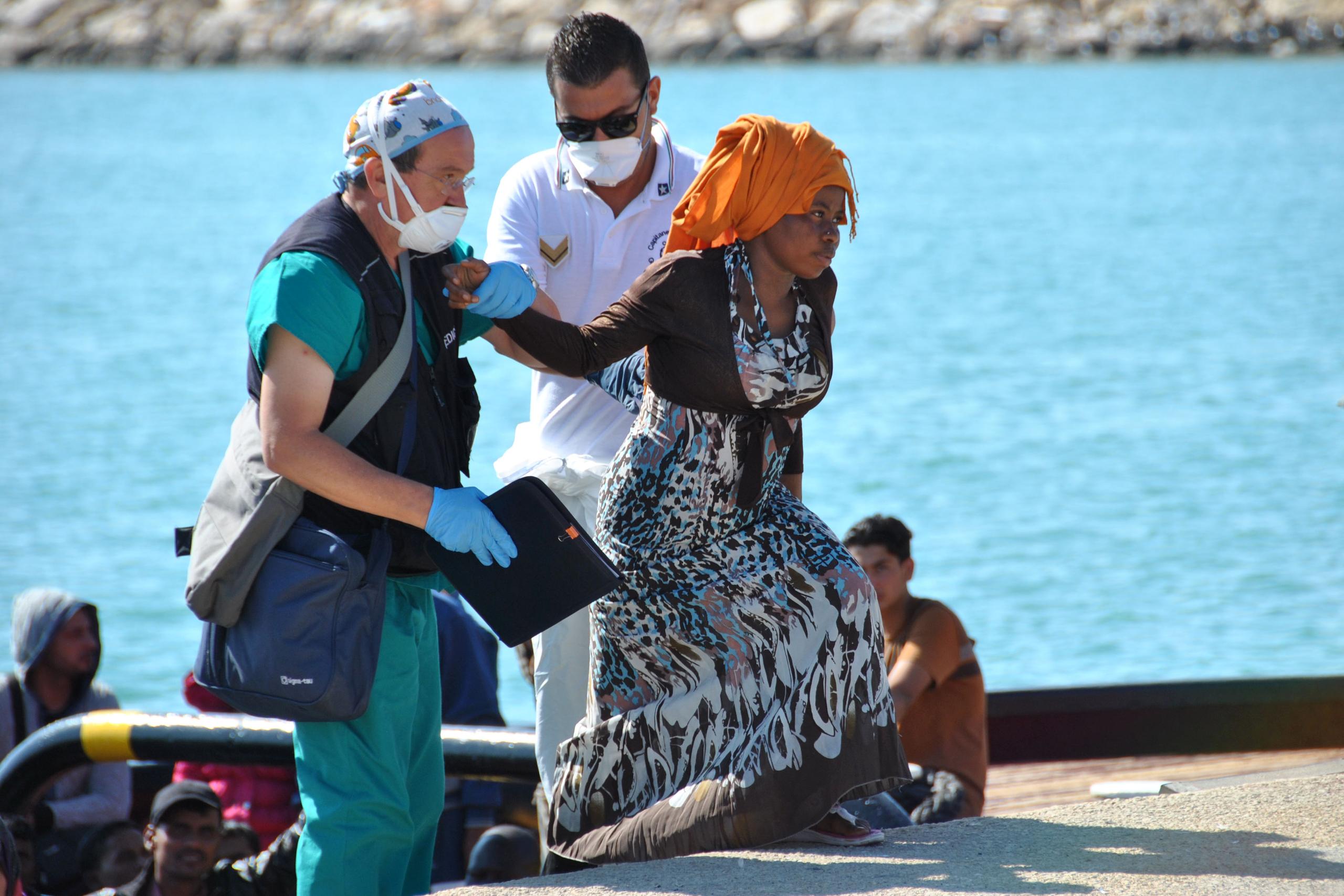
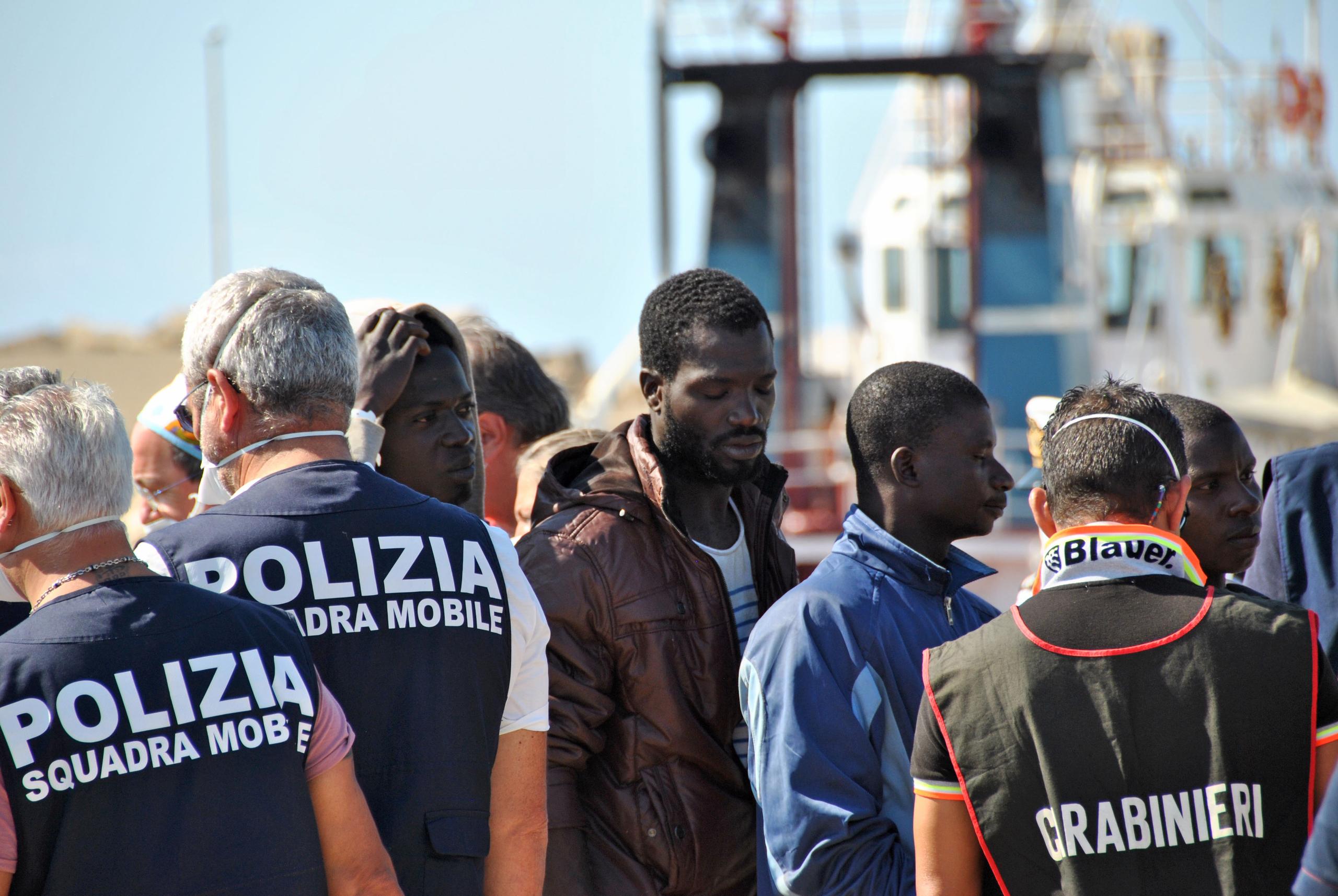
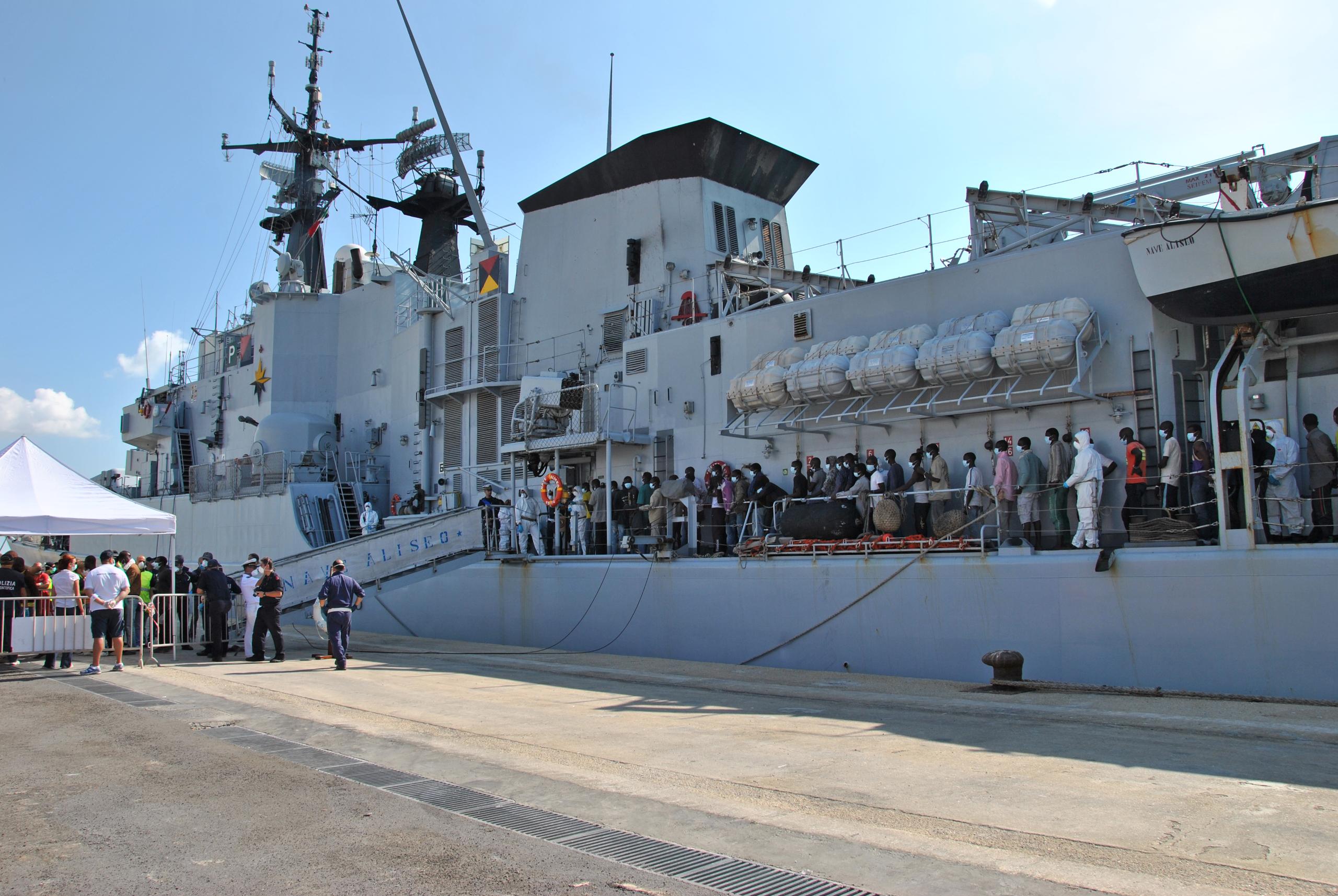
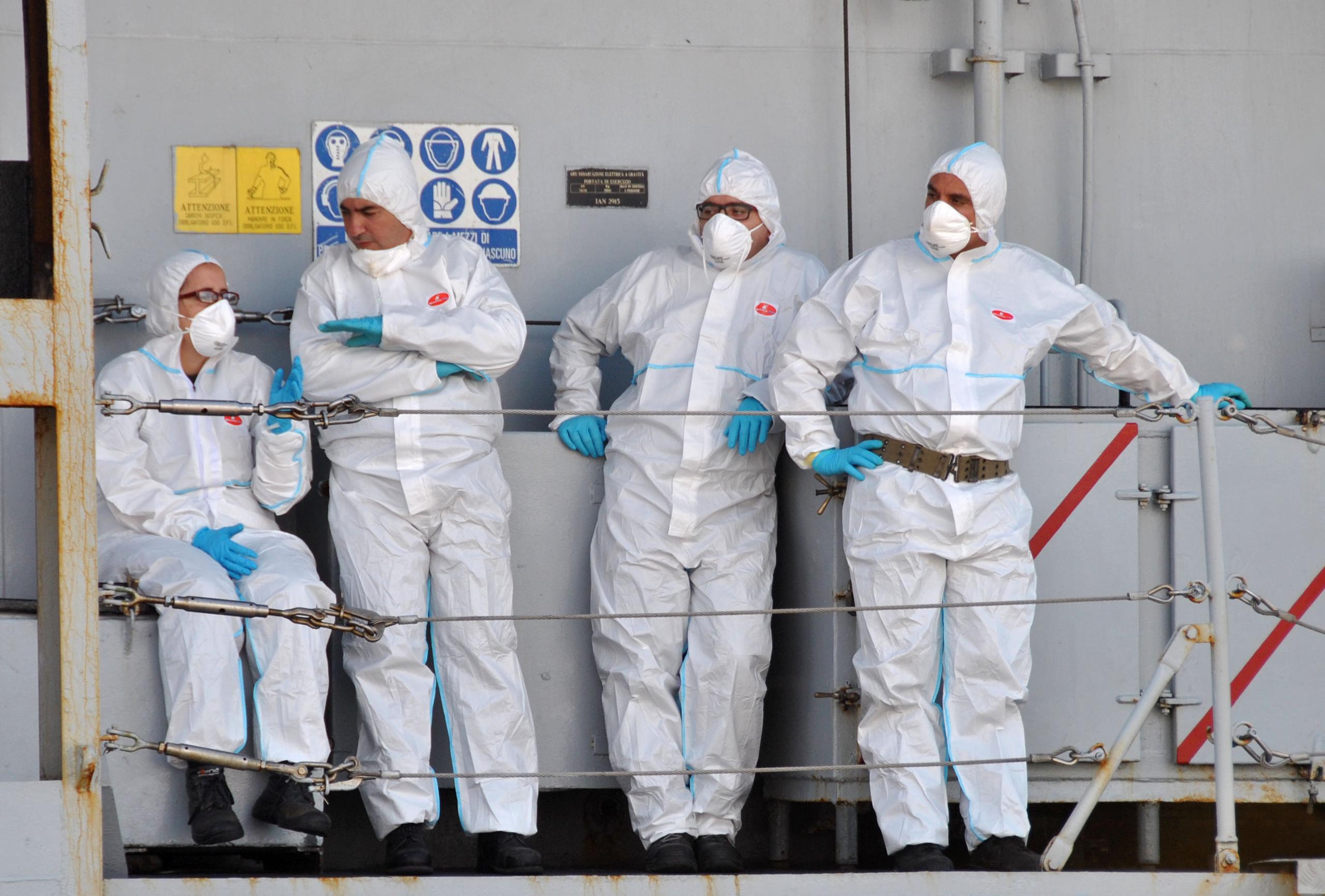
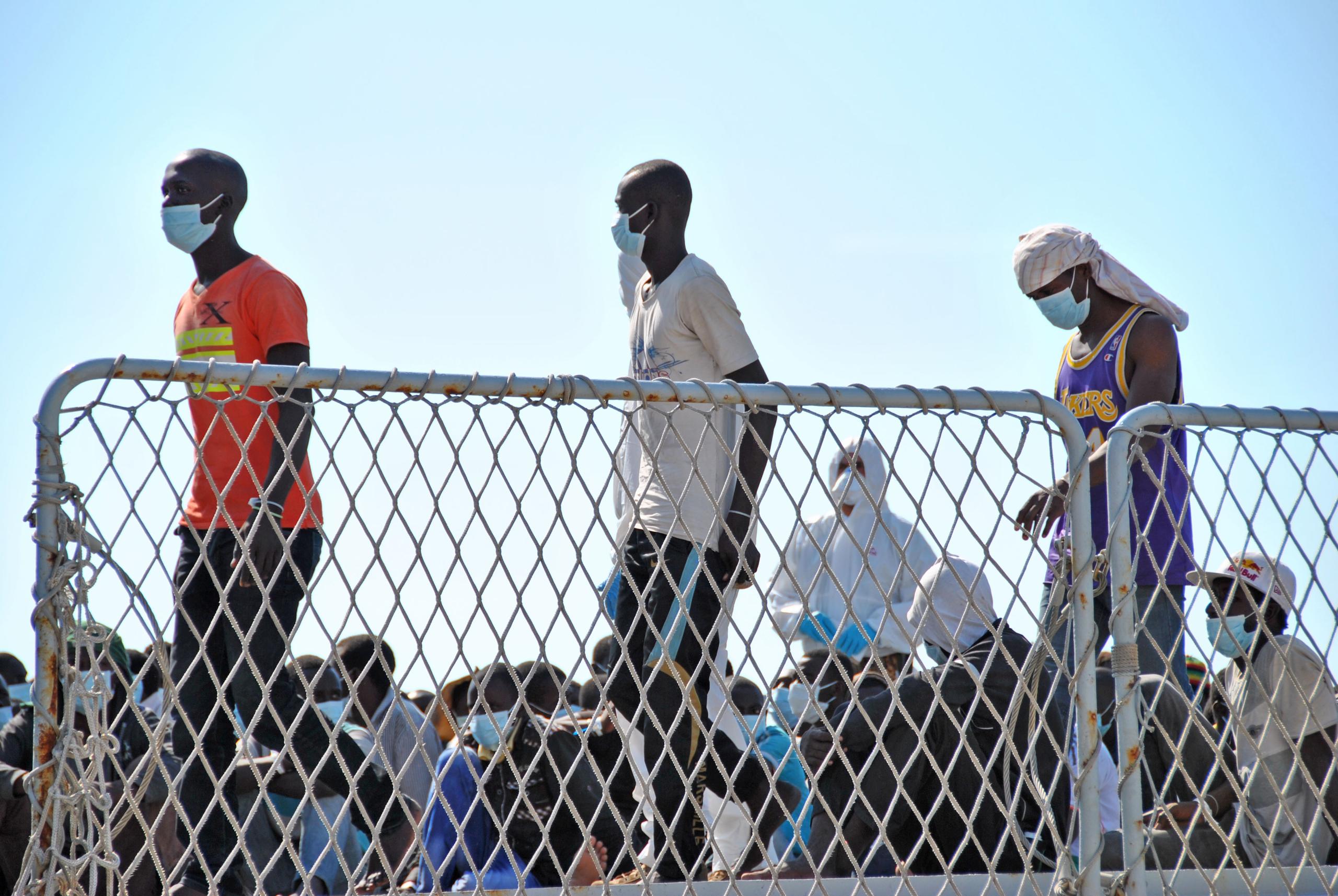
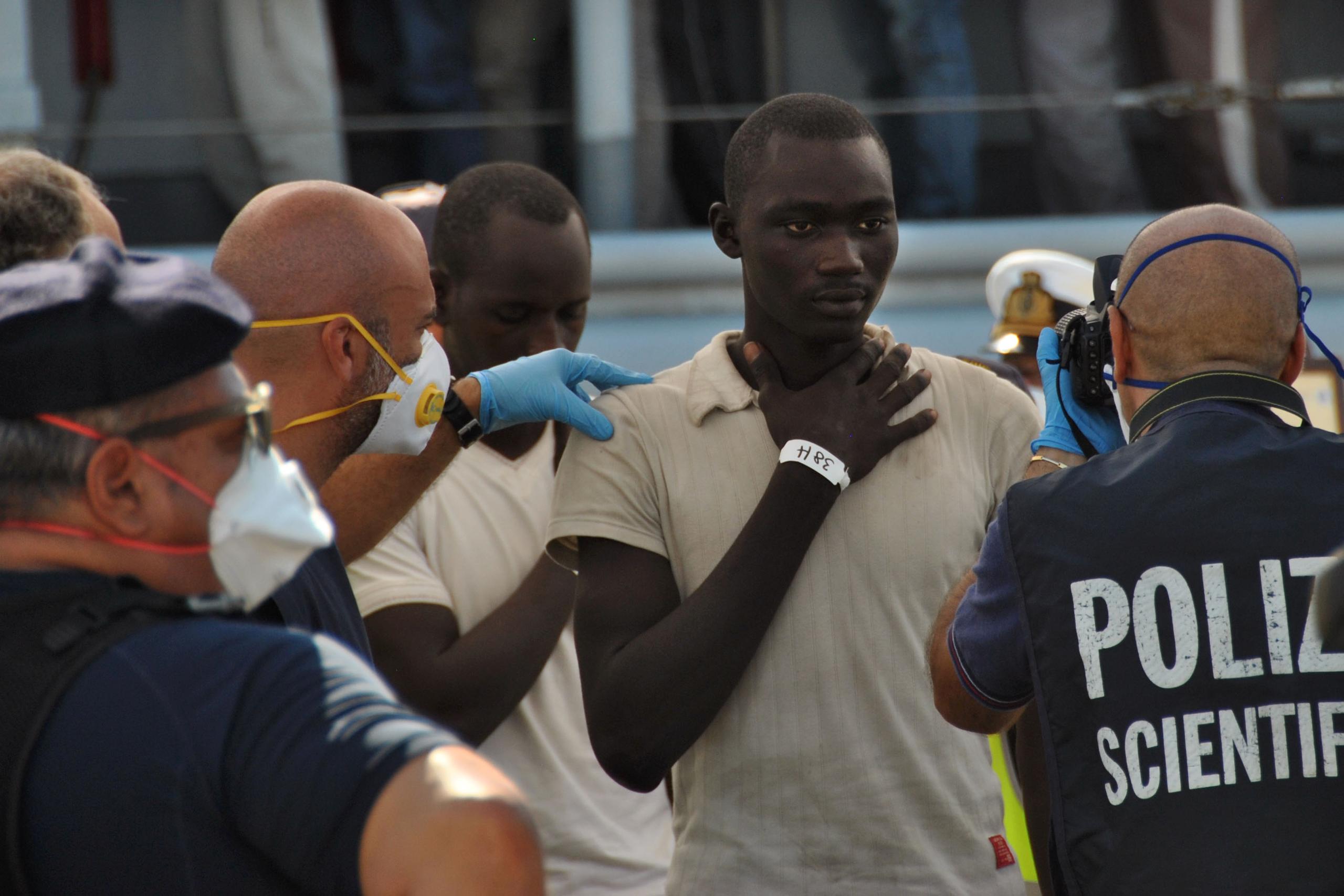
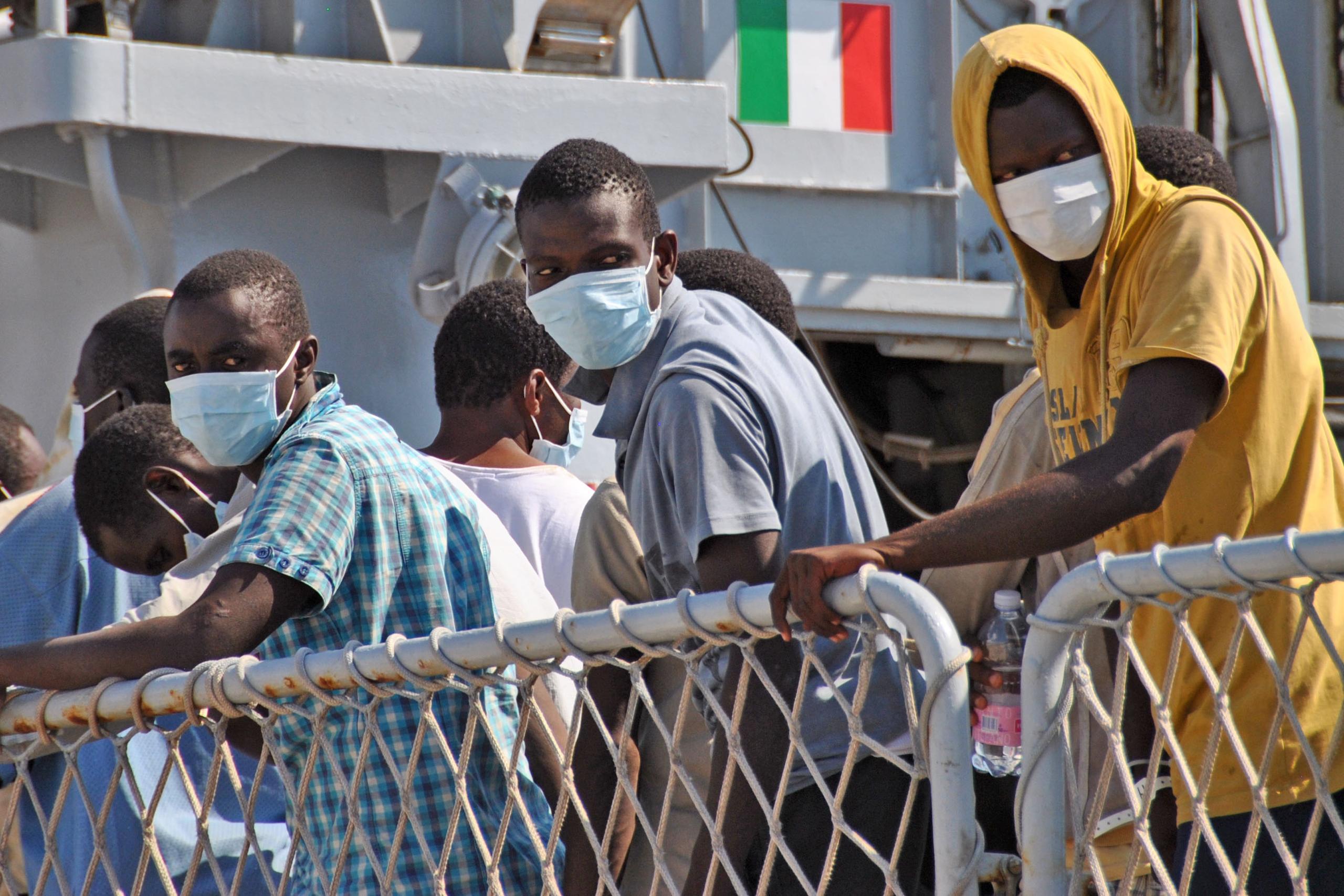
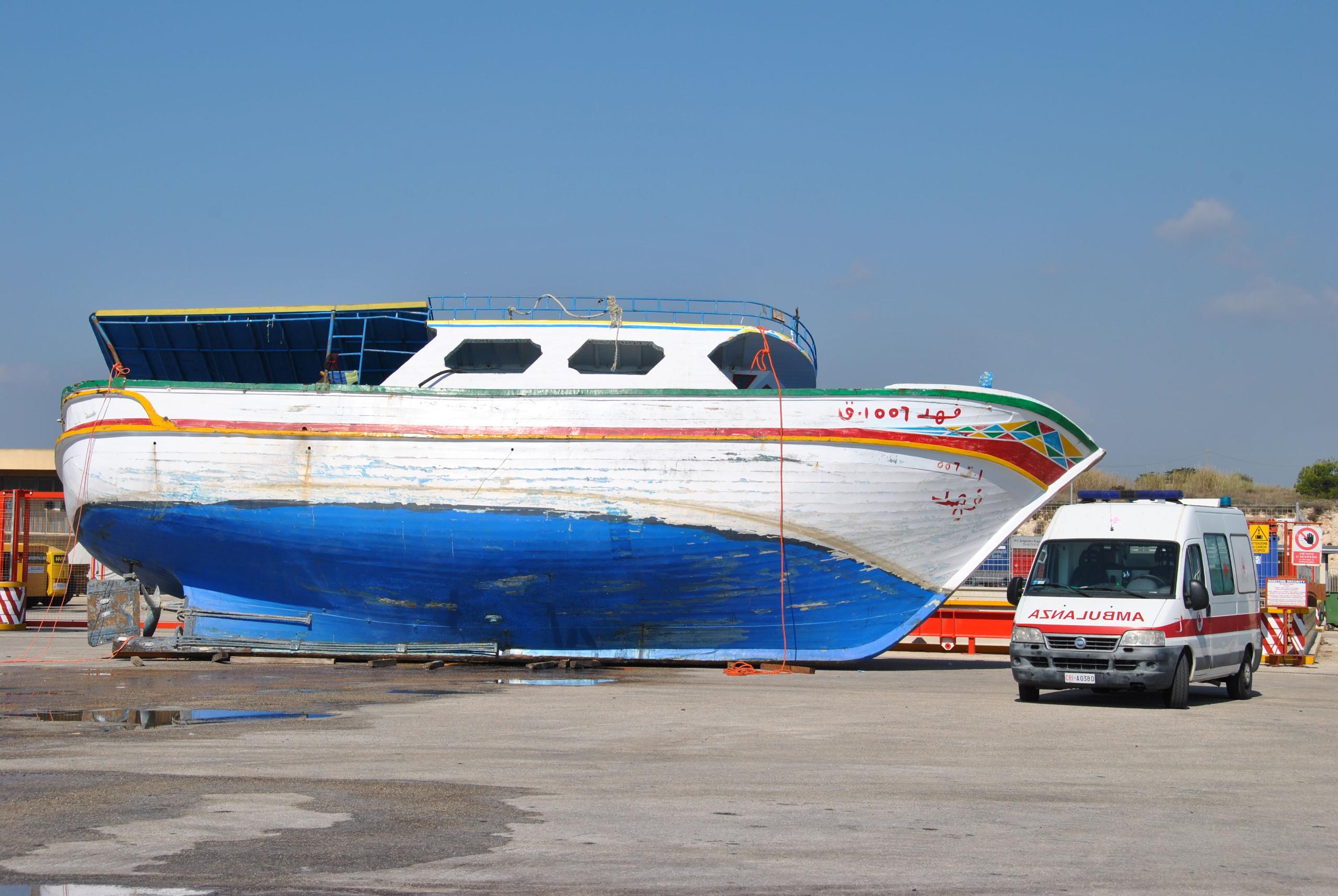

You can find an overview of ongoing debates with our journalists here . Please join us!
If you want to start a conversation about a topic raised in this article or want to report factual errors, email us at english@swissinfo.ch.